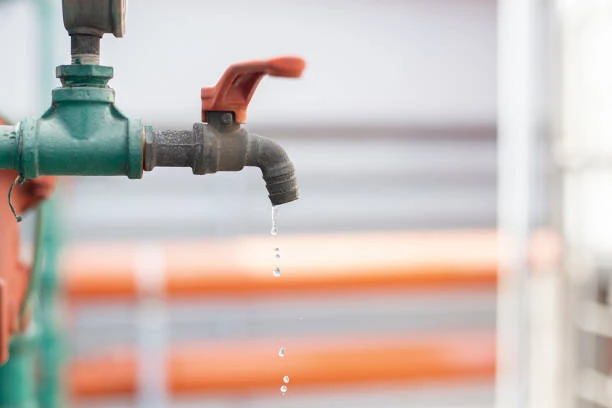Tokomaru, a small town in New Zealand, has recently been at the center of growing concerns about lead contamination in its water supply. Investigations have pointed to an unexpected culprit: old brass tap. This article explores the potential role of these fixtures in lead contamination and the broader implications for public health.
Understanding Tokomaru’s Water Supply System
Overview of Tokomaru’s Water Infrastructure
Tokomaru’s water supply system is a mix of modern and older infrastructure, serving the town’s population. The water is sourced from local rivers and treated before reaching homes, but aging components in the system may pose unforeseen risks, particularly when it comes to lead contamination.
History of the Water Supply in Tokomaru
Tokomaru’s water system has evolved over decades, incorporating both new technologies and older materials. While the town has worked to maintain its infrastructure, some elements, such as old pipes and fixtures, have remained unchanged, raising concerns about their safety.
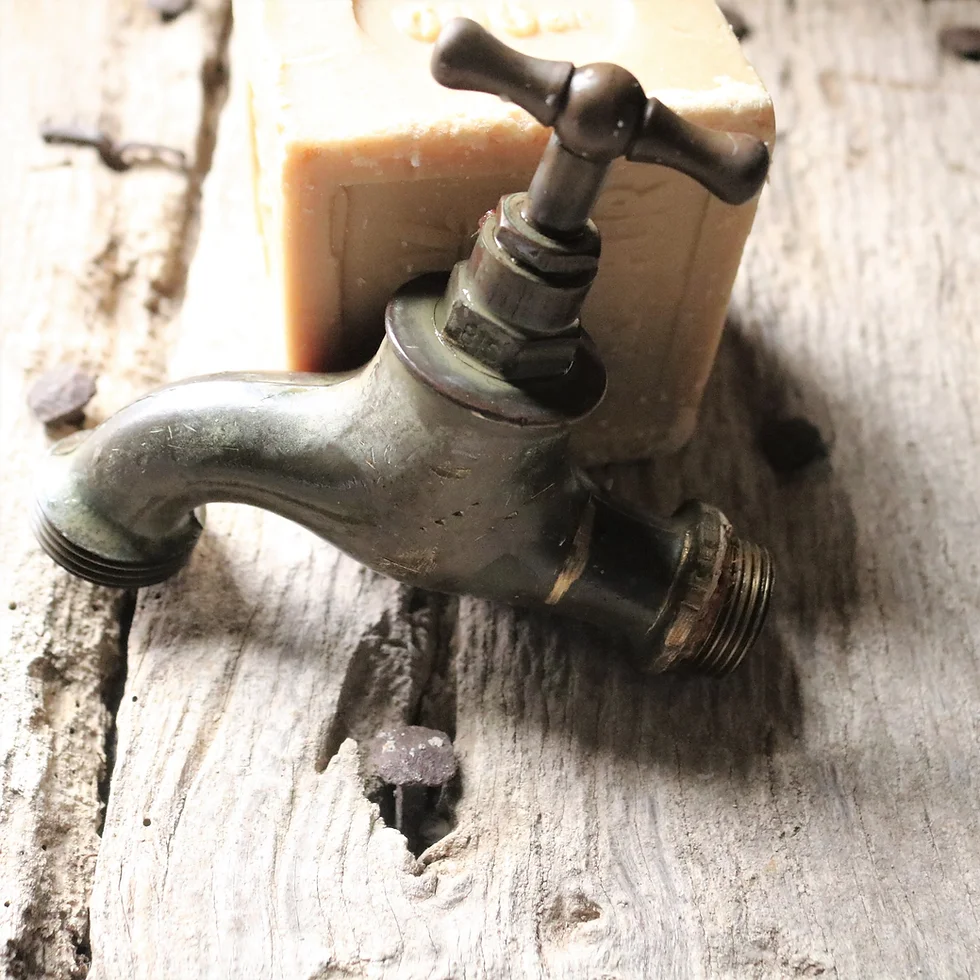
Concerns About Lead Contamination
Why Lead Contamination is a Growing Concern
Lead is a toxic heavy metal that can have severe health consequences, particularly when ingested through drinking water. This is why even small traces of lead in water can raise alarm. In Tokomaru, recent tests have detected higher-than-acceptable levels of lead, triggering fears about the safety of the water supply.
Health Risks Associated with Lead in Drinking Water
Lead exposure can result in a variety of health problems, especially in children and pregnant women. It can affect the brain and nervous system, leading to developmental delays, learning difficulties, and reduced cognitive function. In adults, long-term exposure to lead can cause kidney problems, high blood pressure, and other serious health conditions.
The Role of Old Brass Tap
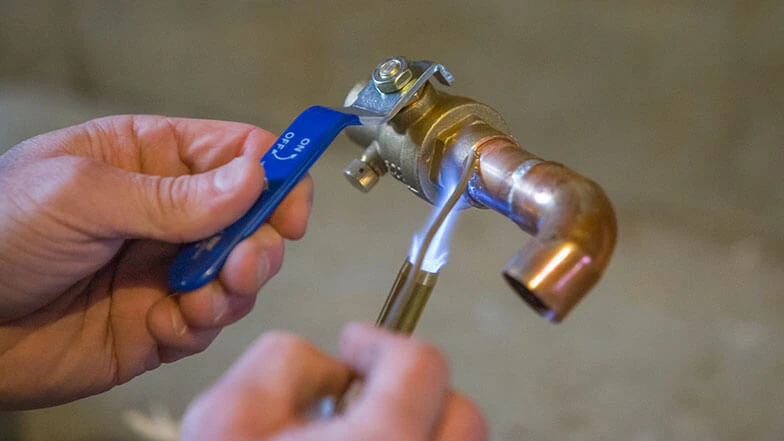
What Are Brass Tap Made Of?
Brass, a common material used in plumbing fixtures, is an alloy made from copper and zinc. However, older brass fixtures often contain small amounts of lead to make the metal easier to mold and cast. This is particularly concerning for fixtures like taps, which come into direct contact with drinking water.
Why Old Brass Tap Can Contain Lead
Over time, the lead in brass taps can leach into the water, especially when the water is acidic or stagnant. While modern brass fittings are manufactured with strict limits on lead content, older taps may still pose a risk. The discovery of such taps in homes and buildings in Tokomaru has raised alarms about their potential contribution to lead contamination.
The Impact of Lead in Water Systems
How Lead Leaches into the Water Supply
Lead typically enters drinking water through corrosion of plumbing materials that contain lead. When water sits in pipes for extended periods or is more acidic, it can dissolve small amounts of lead from pipes or fixtures like brass taps, contaminating the water supply.
Common Sources of Lead in Plumbing Systems
Beyond brass taps, other sources of lead contamination in water systems include lead pipes, solder used in older plumbing, and certain types of fittings. While lead pipes have largely been phased out, remnants of these materials still exist in older systems.
Tokomaru’s Specific Situation
Reports of Lead Contamination in Tokomaru
Residents of Tokomaru have recently raised concerns about the quality of their drinking water after tests revealed elevated lead levels. These reports have prompted an investigation into the potential sources of the contamination, with old brass taps identified as a possible contributor.
Investigating the Potential Sources
Local authorities have begun investigating various elements of the town’s water supply system, including aging plumbing fixtures. The investigation has highlighted the widespread use of old brass taps in many homes and buildings, which may be contributing to the contamination.
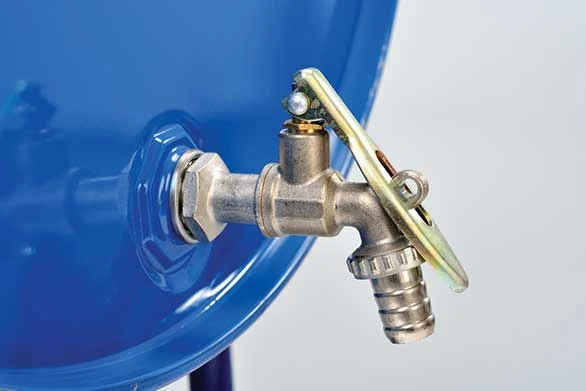
How Brass Tap Could Contribute to the Problem
The Connection Between Old Brass Tap and Lead Contamination
Studies suggest that old brass tap could be a significant source of lead in Tokomaru’s water supply. While the taps themselves may seem harmless, the gradual leaching of lead into the water is an insidious process that can go unnoticed for years.
Scientific Findings on Lead Levels in Tokomaru’s Water
Initial tests have confirmed higher-than-acceptable levels of lead in certain areas of Tokomaru. Further studies are being conducted to determine the exact extent of the contamination and whether the brass taps are the primary source.
Efforts to Address the Problem
Local Government and Community Responses
The local government has taken immediate action by providing residents with updated information on water safety and distributing water filters where needed. They have also launched a program to replace old brass taps and other potentially hazardous fixtures.
Proposed Solutions and Actions
The most effective solution is to replace old brass taps with modern, lead-free alternatives. In addition, public health officials are recommending regular testing of water supplies and advising residents on how to minimize lead exposure in the interim.
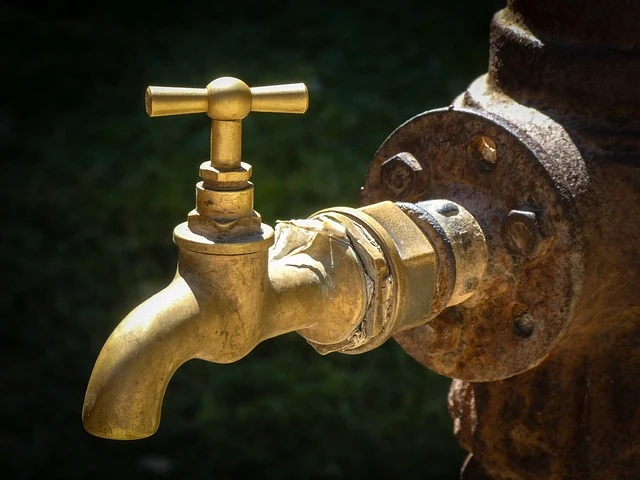
Preventing Lead Brass Tap Contamination in the Future
Replacing Old Brass Tap
Replacing old brass taps is one of the most critical steps toward ensuring safe drinking water in Tokomaru. By switching to lead-free fixtures, the risk of lead contamination can be significantly reduced.
Other Preventative Measures for Water Safety
Other measures include testing the water regularly, educating residents on the risks of lead exposure, and upgrading the town’s aging water infrastructure. By taking these steps, Tokomaru can prevent similar issues from arising in the future.
Conclusion
The potential connection between old brass taps and lead contamination in Tokomaru’s water supply is a reminder of the importance of maintaining safe, modern water infrastructure. As the town continues to address the issue, the community’s health and well-being remain the top priority. While the exact source of the contamination is still being investigated, replacing outdated fixtures and raising awareness about the dangers of lead in drinking water are essential steps toward a safer future.
FAQs
Is the water in Tokomaru safe to drink?
Currently, some areas of Tokomaru have elevated lead levels in their water supply. It’s advised to use water filters and follow local guidelines until the issue is resolved.
What health risks are associated with lead exposure?
Lead exposure can cause serious health problems, including developmental issues in children, cognitive decline, and kidney damage in adults.
How can I test my water for lead contamination?
You can purchase a lead testing kit or contact local authorities for water testing services to determine if your water contains lead.
What should I do if my tap water contains lead?
If you suspect lead in your water, use a certified water filter and avoid drinking or cooking with tap water until the issue is addressed.
Are brass tap the only source of lead contamination?
No, lead pipes, solder, and other old plumbing materials can also contribute to lead contamination in water systems.













